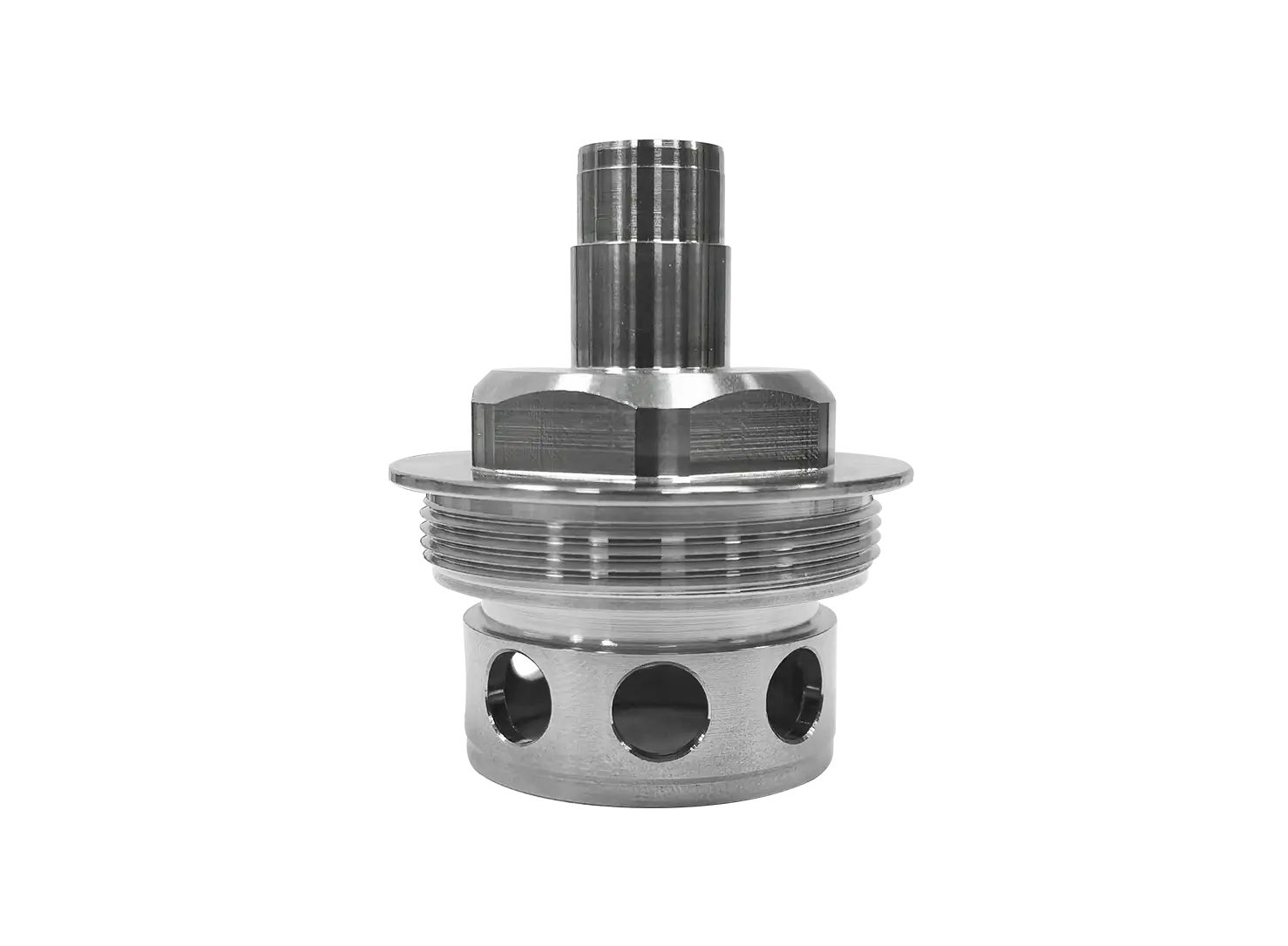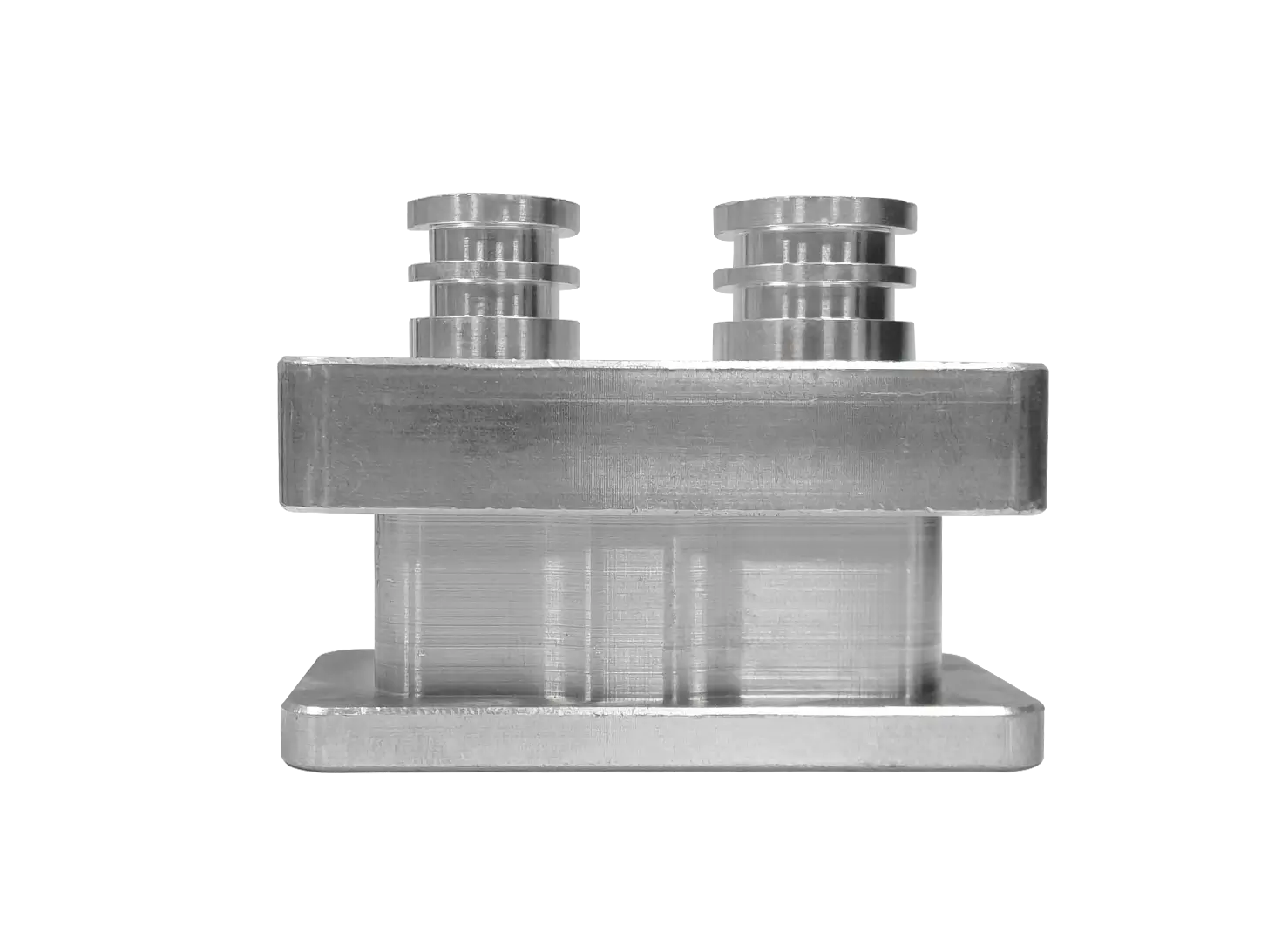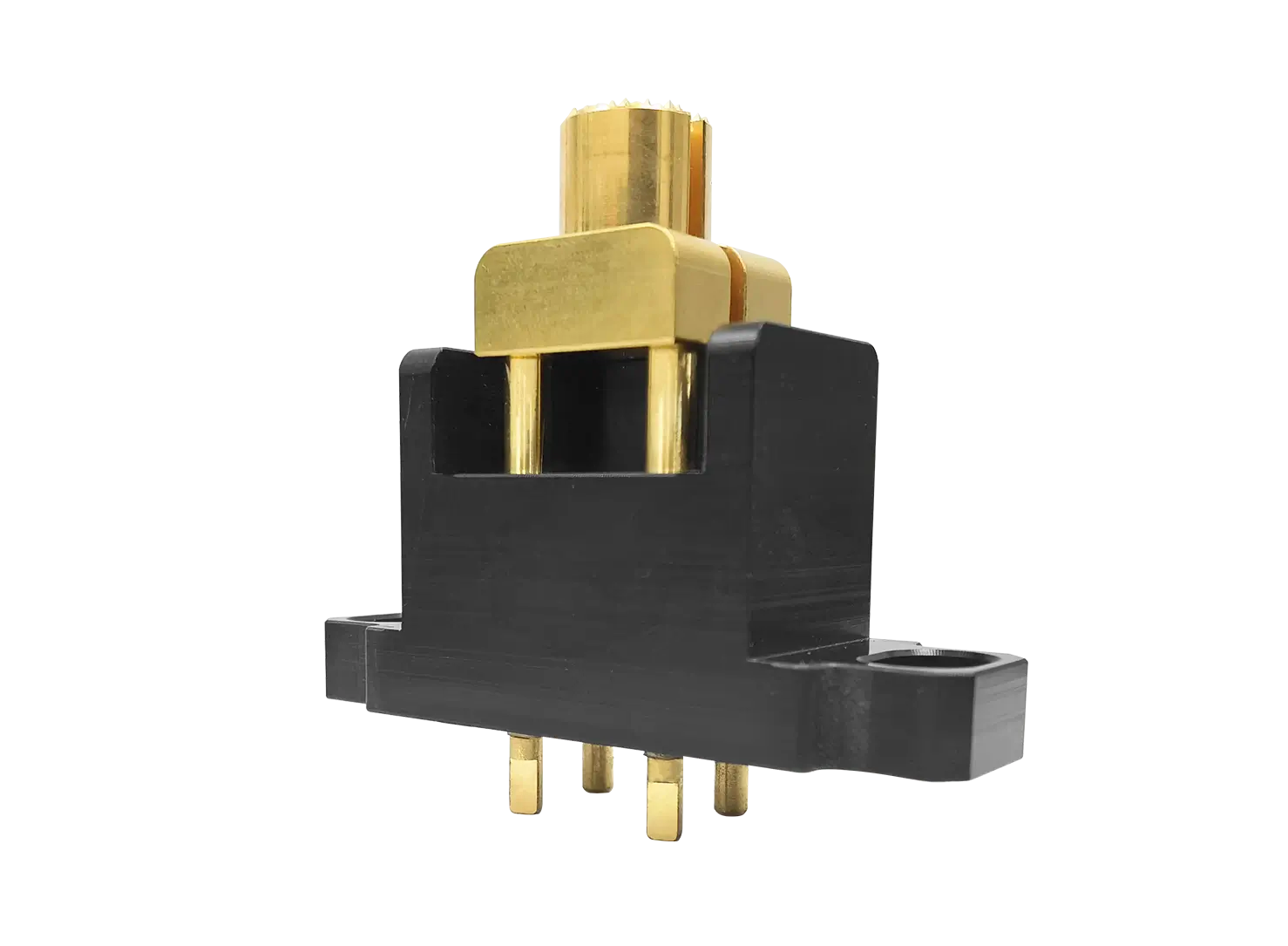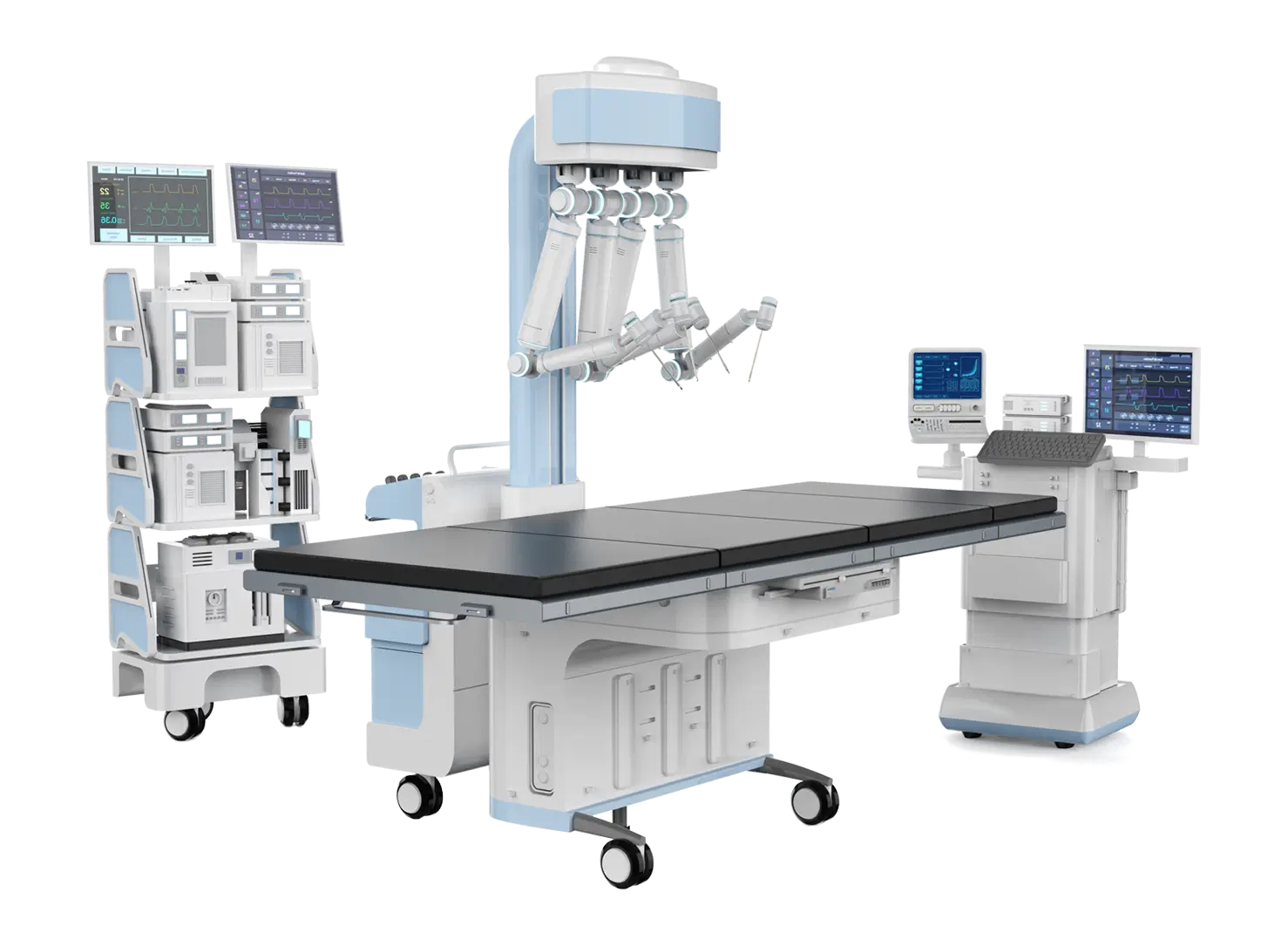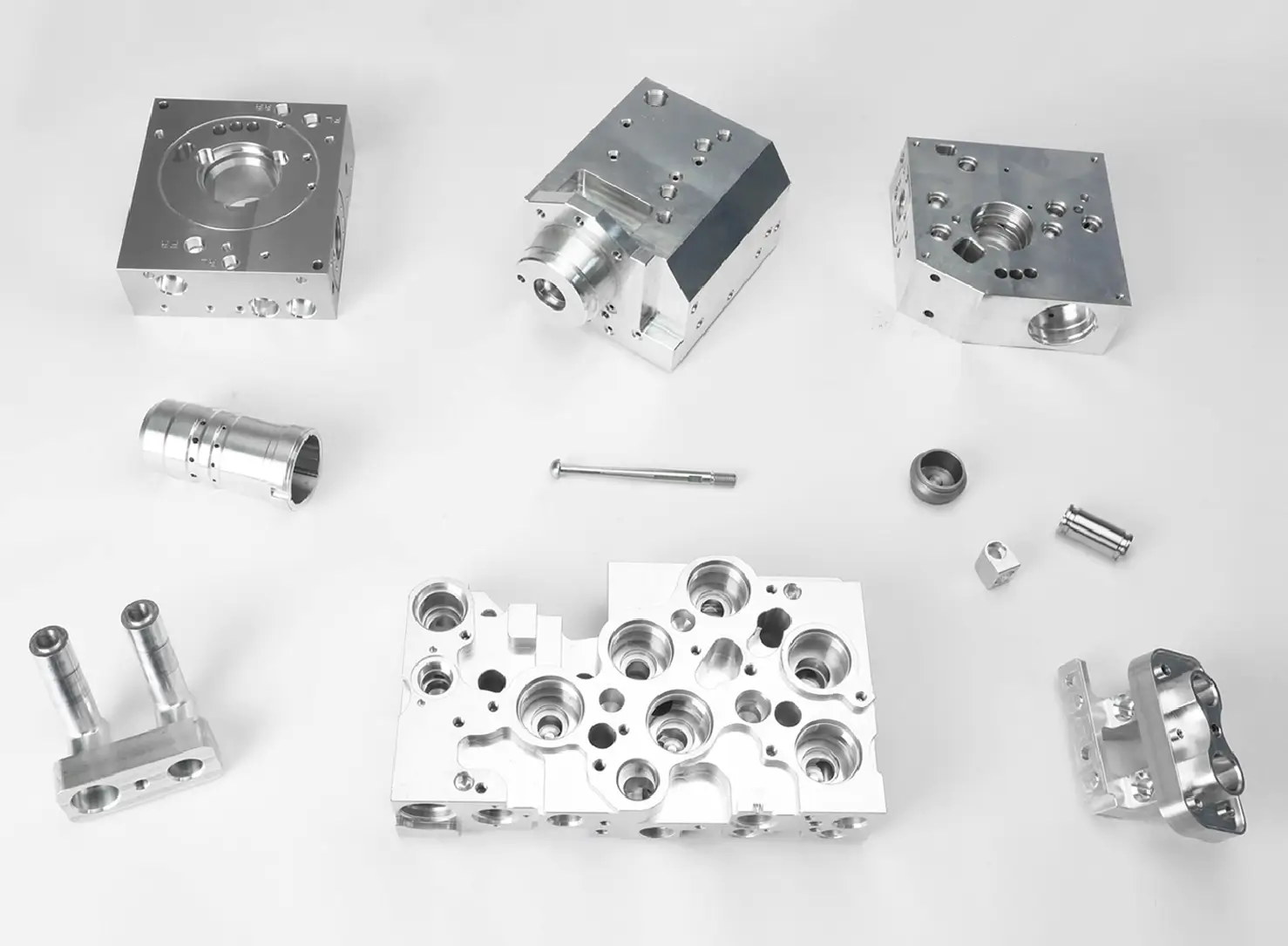A parts list refers to a database that compiles all records of parts used in a product. It is also called BOM (bill of material). This time I will introduce the overview and usage of BOM.
“Learn what a parts list is and how to use it”
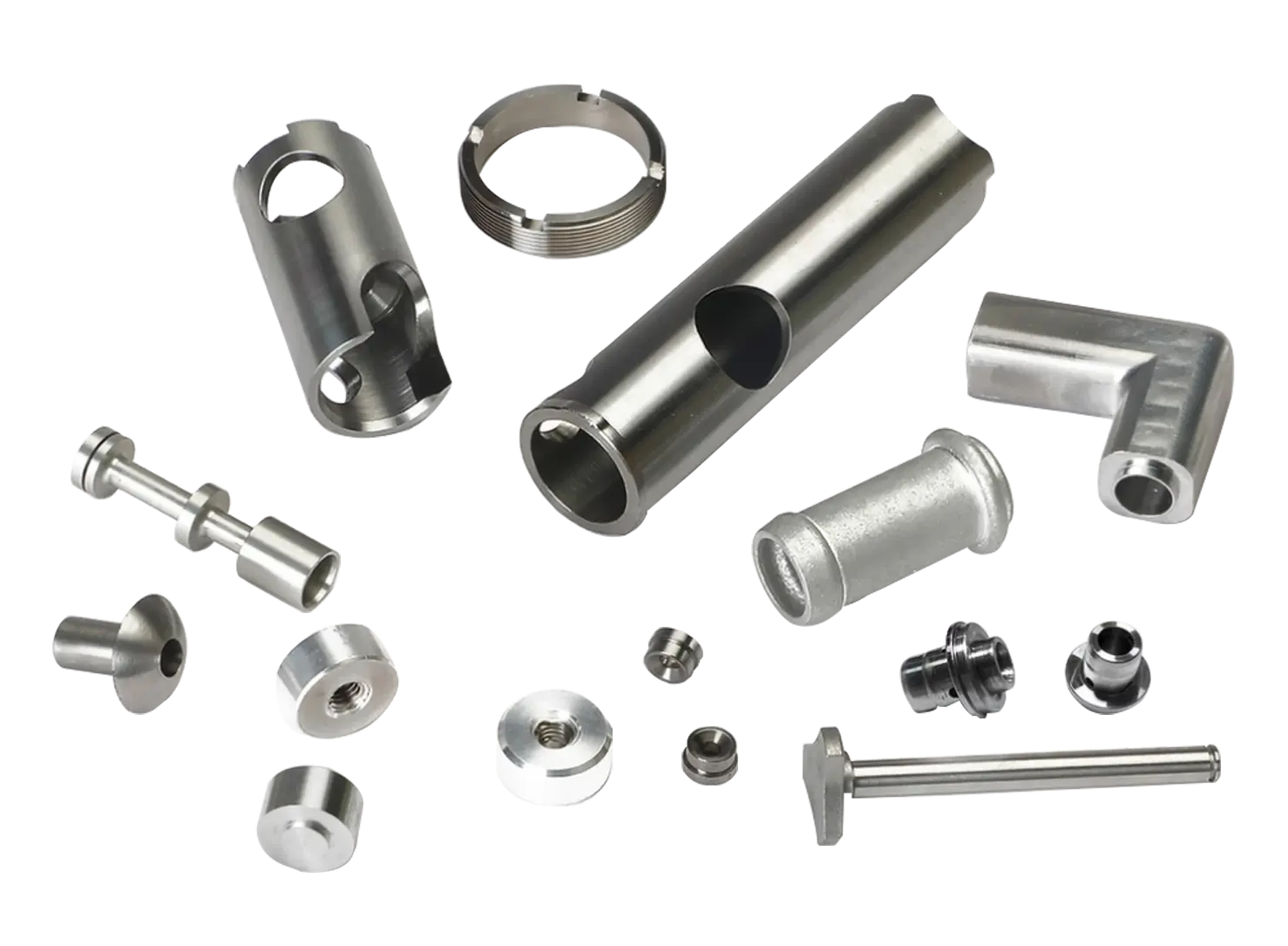
What is a parts list?In the days when drawings were still used, a parts list literally referred to a table recording all the parts. It is a table listed in the upper right or lower right corner of the drawing. It records necessary information such as the material of the part and the drawing number of the individual drawing that records the details. In recent years, the parts list has evolved to mean a database that summarizes all information related to drawing data on all parts used in a product, a list of products using the parts, supplier information, and process information. In addition, it is connected to CAD and drawing viewing systems used for design, and sales systems and purchasing systems used by production technology and purchasing departments. It has become an indispensable system for efficient product manufacturing.

Parts List Usage and Use ExamplesIn order to use a parts list, all products and parts must first be numbered. Next, we will introduce specific usage examples of parts lists. In order to use a parts list, all products and parts must first be numbered. This number is called the “part number” and in principle parts lists are used based on the “part number”. For example, assume that a search is performed on the parts list for the shaft with part number 012-345 used in product A. This allows you to view item information such as drawings, materials, and purchasing supplier information. At the same time, you can also view information about which products or parts other than product A the axis No. 012-345 is used for. If a problem is found with the shaft, the design department and quality management department can use drawings or purchasing supplier information to respond to the problem, or investigate which products will be affected. In addition, during normal production, the purchasing department will also check the product production plan in the usage information of the axis to determine the time for parts procurement. In short, the parts list is an important system that supports enterprise product manufacturing. In addition, in order to effectively use this system, it is also necessary to maintain the database itself, such as registering “part design change information” and “new parts”, recording obsolete parts, etc. Therefore, registering parts information is also one of the important tasks for enterprises.

Types and uses of parts listsParts lists are divided into categories based on department and role, making it easy to access the information you need. Different departments or purposes require different information about parts. It is not necessary that all information should be accessible to everyone at all times. Therefore, the parts list is divided into categories according to department and role, making it easy to access the required information. The following introduces the most typical examples of parts list types.
- Design parts list is a parts list used by those involved in product development and design. Information mainly related to part specifications such as drawing data, design change history, and related parts can be accessed.
- Manufacturing parts list It is a parts list used by personnel in production technology and manufacturing departments. Ability to access information such as drawing data, parts required to assemble parts, materials, etc.
- Purchase parts list is a parts list used by people in the purchasing department. Ability to access information such as part prices and ordering units, supplier lists, etc.

SummarizeWhen you think of a parts list, you may think that it is just a list, but in fact it refers to a huge database that summarizes all the products made by the company and all the parts related to the products, or it refers to the entire system that effectively uses the database. It is an indispensable system for efficient product manufacturing.



